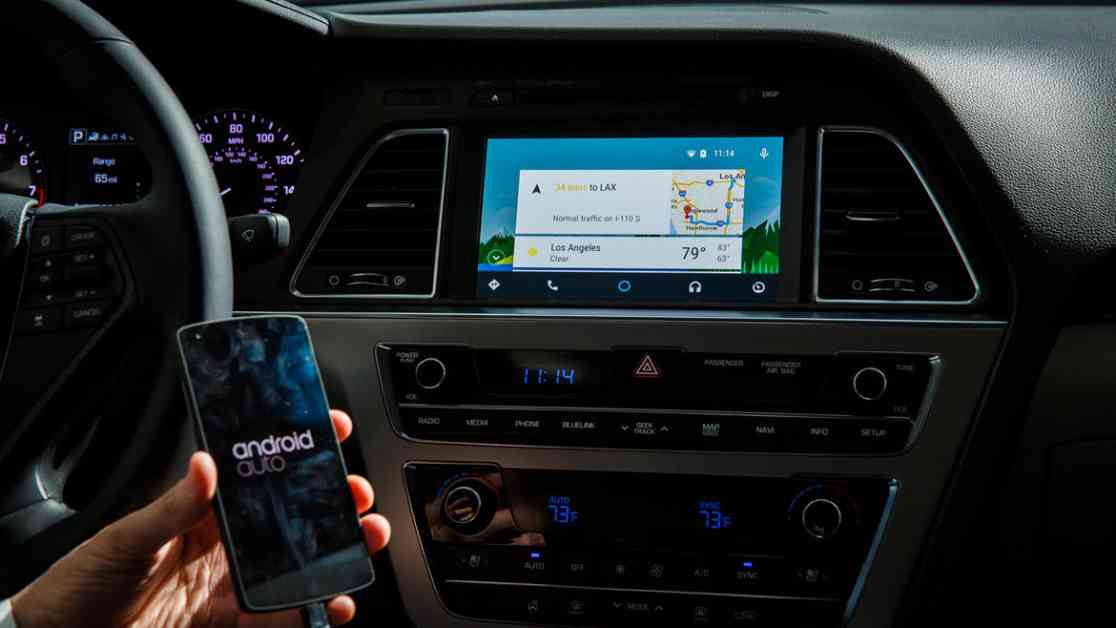Digital technologies are rapidly advancing in the automotive industry, with features like AI integration and smartphone connectivity becoming more common. Cars are now equipped with advanced sensor systems and electronic control units that function like powerful computers, processing real-time data to ensure safety on the road. Despite this technological progress, the implementation of new features in vehicles can be slow, with innovations typically appearing in the next generation of models.
Android Auto and Apple CarPlay are two popular systems that enhance the driving experience by integrating smartphone features into the car’s multimedia system. Android Auto focuses on convenience and safety, allowing for hands-free navigation, notifications, and voice commands. Similarly, Apple CarPlay offers similar functionalities with the added ability to control HomeKit devices like smart door locks.
Both Google and Apple continue to expand the capabilities of their systems, with a limited selection of apps available for use in the car. Safety remains a top priority, with features like voice input and restrictions on video playback while driving to prevent distractions. Chinese manufacturers have also introduced innovative solutions, such as wireless set-top boxes that unlock multimedia capabilities in the car.
The latest updates to Android Auto and Apple CarPlay bring new features like split-screen display and enhanced customization options. Apple’s new CarPlay version promises increased flexibility and functionality, allowing users to control car systems through the interface. Electric cars and plug-in hybrids are expected to benefit from these advancements in the future.
To use Android Auto and Apple CarPlay, smartphones can be connected to the car via cable or wirelessly. Android devices require a USB Type-C connector, while iPhones use Lightning or USB-C cables. Wireless connection is supported on certain devices and requires a compatible Wi-Fi network.
In terms of user experience, Android Auto offers a seamless integration of navigation and music services, with limited support for messaging apps and voice commands. Wireless connectivity can be convenient for frequent drivers, while wireless charging is recommended for added convenience. Voice assistants play a key role in controlling smartphones while driving, but their functionality may vary across applications.
Overall, the automotive industry is gradually adapting to the integration of digital technologies, with electric cars leading the way. As advancements in AI and smartphone connectivity continue to evolve, drivers can expect more personalized and efficient driving experiences. Stay tuned for future updates and innovations in high-tech automotive news.


